Which version is faster:
x * 0.5
or
x / 2 ?
I've had a course at the university called computer systems some time ago. From back then I remember that multiplying two values can be achieved with comparably "simple" logical gates but division is not a "native" operation and requires a sum register that is in a loop increased by the divisor and compared to the dividend.
Now I have to optimise an algorithm with a lot of divisions. Unfortunately it's not just dividing by two, so binary shifting is not an option. Will it make a difference to change all divisions to multiplications ?
Update:
I have changed my code and didn't notice any difference. You're probably right about compiler optimisations. Since all the answers were great ive upvoted them all. I chose rahul's answer because of the great link.

